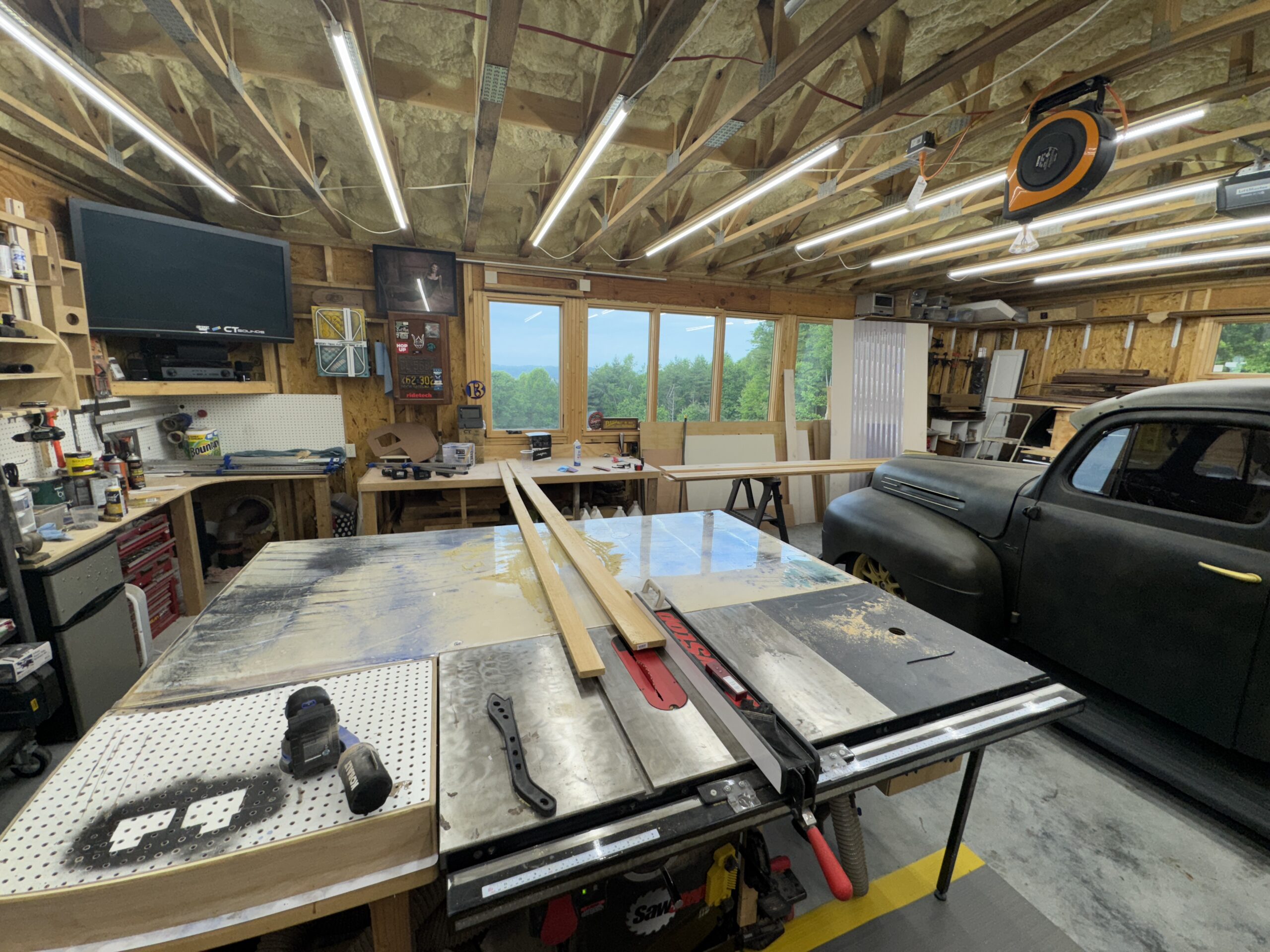Winston Churchill Took Naps During WWII—And You Should Too
Winston Churchill had a lot on his plate.
A global war. Bombs raining down on London. The pressure of leading a nation through one of the darkest chapters in human history.
And yet… every afternoon, like clockwork, Churchill would disappear for a nap.
Not because he was weak.
Not because he didn’t care.
But because he knew something most builders forget:
Great leadership requires energy. And energy requires recovery.
The Power of Strategic Rest
Churchill wasn’t being indulgent—he was being strategic.
He worked late into the night, often dictating speeches and planning military strategy until 2 or 3 a.m. But to stay sharp and make high-stakes decisions, he prioritized midday rest.
And the results speak for themselves.
Builders Are Fighting Their Own Wars
Today’s battlefield looks a little different.
If you’re a custom home builder, you may not be defending a nation—but you’re still fighting fires:
- Subcontractors not showing up
- Clients making last-minute design changes
- Permits delayed, jobs stalled
- Endless paperwork, scheduling, and “just one more thing”
For many builders, it feels like the only solution is to work more.
More hours. More effort. More stress.
But here’s the truth: grinding harder is not the path to clarity.
It’s the fast track to burnout.
You’re Not Lazy. You’re Running on Empty.
Too many high-performing builders equate rest with weakness.
But the opposite is true.
When you never slow down, your decision-making gets cloudy. You miss red flags. You overreact. Your team doesn’t get your best—and neither do your clients.
Eventually, your body will force you to rest—through exhaustion, frustration, or even collapse.
Churchill Didn’t Grind—He Led
Leadership isn’t about doing it all.
It’s about knowing what only you can do—and having the clarity, energy, and margin to do it well.
That starts by reclaiming your time, building a business that supports your life (not consumes it), and making intentional leadership decisions.
And that’s where I come in.
Ready to Step Out of the Chaos?
If you’re stuck in the weeds, burned out, or feel like you’re the bottleneck in your own business—it’s time for a reset.
Let’s map out a better way forward, one that gives you back your energy, your time, and your leadership edge.
👉 Click here to book your 20 Min Blueprint Call
You don’t need another tactic.
You need a moment to pause, breathe, and look at the full picture.
Just like Churchill.











